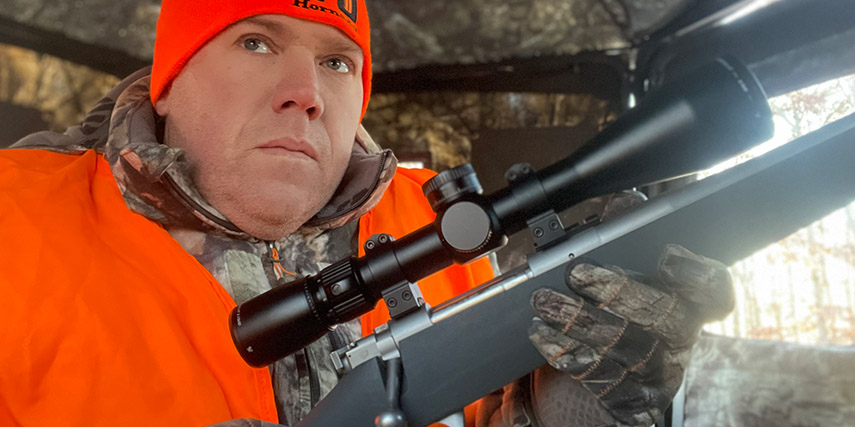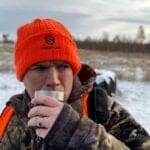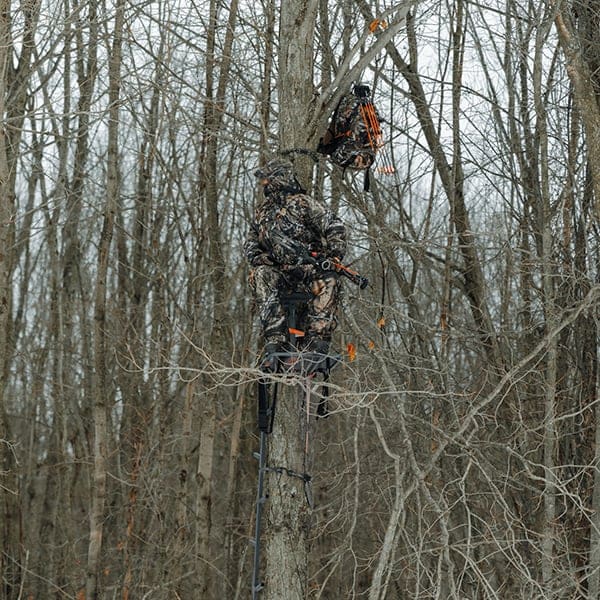December is notoriously challenging for deer hunters looking to score on a mature buck. Every year, bucks come out of the rut, exhausted and malnourished. They have experienced hunting pressure to such an extent that they are ready to lay low until rejuvenated enough to resume their regular travel pattern. Oddly enough, hunters have the same mindset when getting out in colder temperatures, trying to finish the season with a bang.
After three months of waking up early, spending hours in a treestand, and expending every ounce of energy into harvesting a mature buck, hunters, too, can become exhausted and ready to take a break. Often, hunters need a change in routine to regain their energy.
A few years ago, while scouting and hanging different stand sites during the off-season, I decided to choose a few areas I would save for the late season. These off-limits areas would not get hunted, scouted, or pressured throughout most of the hunting season. During the latter portion of the season, deer often move to these designated areas after they have been pressured and want to hide where they feel safe. Because the hunter also needs a chance to revive their hunting efforts with a fresh outlook, they can save the best for last and use these untouched areas to finish the season with a harvest.
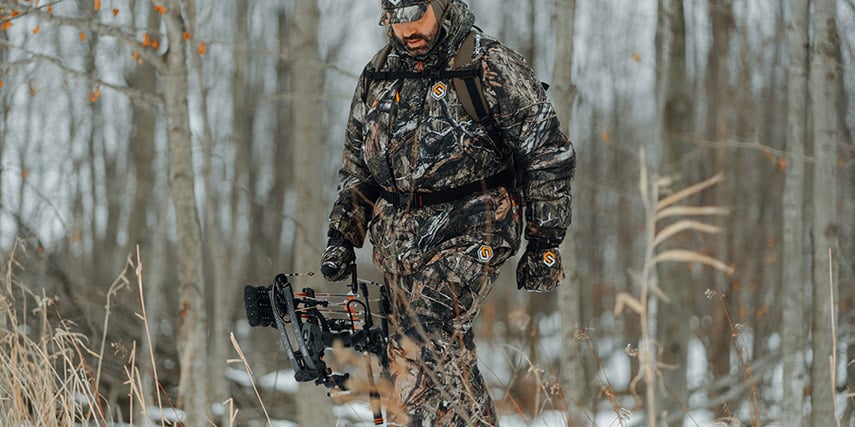
Bedding Areas
One area that many hunters typically try to avoid during the hunting season is bedding areas. Many try to avoid bedding areas in hopes that deer will not feel the pressure of being pursued by hunters enough to move to a different area.
Before the season begins, I find an area that I know that deer often use as their primary bedding area. Next, I use a GPS hunting app such as OnX Maps and highlight these areas as off-limits for the rest of the year. To avoid any pressure, I do not use game cameras or supplemental feeds near the bedding area, and I do not hunt near the area until the last few weeks of the hunting season. By waiting until the very end of the season, I know if I push deer out of the area, they have until the next season to resume their regular pattern. More importantly, I go into the saved bedding area at the last moment to catch mature bucks who are bedded while re-gaining their strength. I get as close to the bedding area as possible without bumping deer. A late-season buck is not going to travel far during the day. By hunting near the bedding area, I will likely catch a buck on a short trek from the bedding area to food or water.
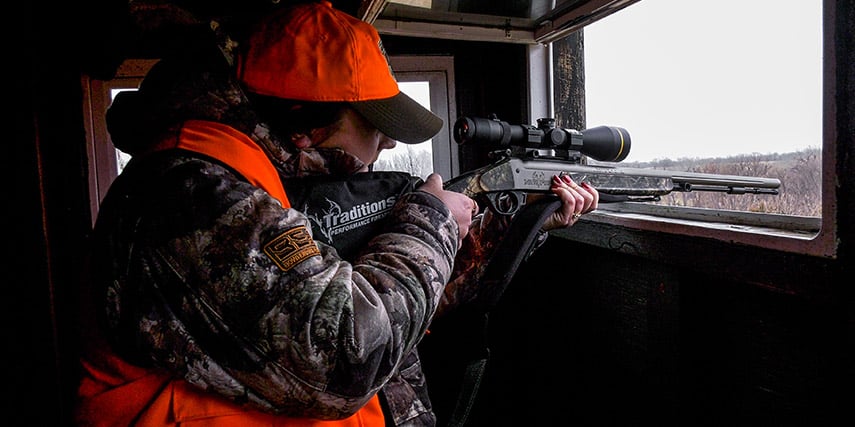
One Food Source
A must for late-season deer hunting is an excellent food source. Towards the end of the season, winter produces colder temperatures, and deer require more food to stay warm and survive the cold. The assurance that deer will likely be heavily using food sources later in the year makes these areas another hot spot to save until the end of the season.
Corn and soybeans are the two most popular food sources for deer to feed on during the latter part of the year. The only problem is that when deer populations are higher than average, and a property is abundant with deer, the chances of the corn and soybeans being gone by the end of the year are more likely. If a hunter chooses to save one or two food sources to only hunt at the end of the season, planting a food plot full of late-season forage brassicas such as turnips and rape is recommended. The good thing about plants such as turnips is that they grow earlier, yet deer do not begin feeding heavily until after an intense frost, which makes turnips sweeter tasting because they are now higher in sugar.
A food plot filled with turnips and rape that has not been hunted or pressured before the latter season is ideal for hunters with an elevated blind. An elevated blind allows the hunter to stay warm while patiently waiting for their trophy buck to show up to eat.
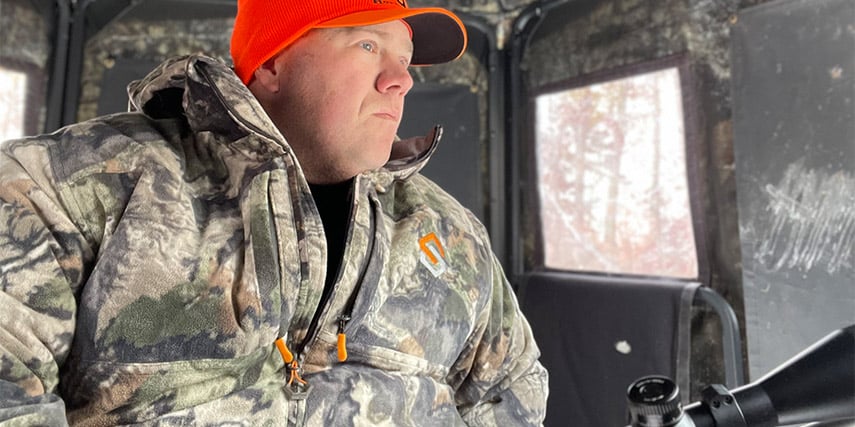
Staging Areas
If bedding areas and food sources are great to save until the last of the season, it is only fitting for the last of the three to be a staging area, typically an area between bedding areas and a food source.
The most common staging areas are found on the edges of a food source, such as a crop field or food plot. Typically, the area is brushy or has thicker timber, allowing deer to feel concealed until the open food source is entered. In the later part of the year, it is common for mature bucks to bed throughout the day until late afternoon. Then, they will head for food in the evening.
Bucks often stall in staging areas until the sun has gone down to avoid exposing themselves to the wide-open food source; then, they will continue into the open after dark.
If a staging area is hunted throughout the entire season, deer do not feel safe and will move to a different area. However, if this area is avoided throughout the entire year, until the last moments of the season, a hunter can slip into the area late morning while bucks are bedded. When the time comes for bucks to get back on their feet and head for food, the hunter can intercept them along the way.
